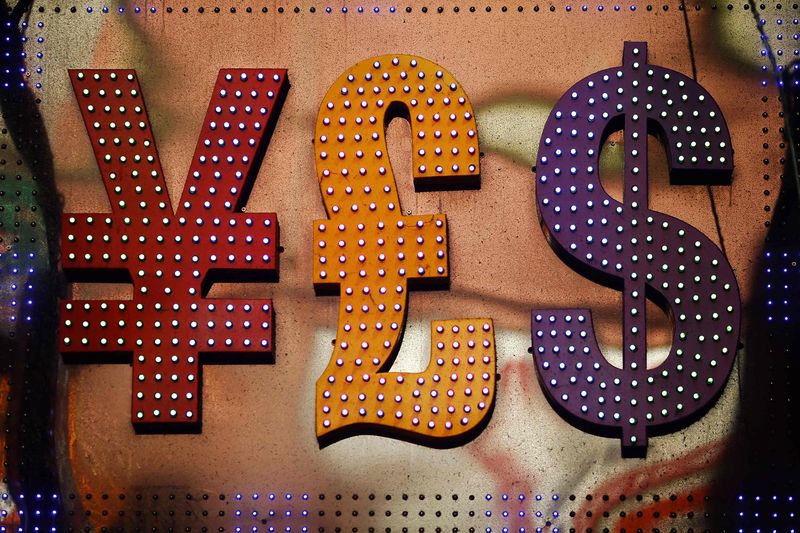By Wayne Cole
SYDNEY, Jan 21 (Reuters) - The Australian and New Zealand dollars resumed their upward march on Thursday as domestic data spoke of continued economic recovery, while markets globally looked ahead to more stimulus in the United States under President Joe Biden.
The Aussie climbed to $0.7770 AUD=D3 , leaving behind a low of $0.7659 hit at the start of the week. Resistance is now lined up at $0.7805 and the recent 2-1/2-year top of $0.7819.
The kiwi dollar reached $0.7195 NZD=D3 having bounced from a $0.7097 trough touched on Monday. It faces chart resistance at $0.7200 and $0.7240, ahead of a January high of $0.7314.
Australian data showed 50,000 net new jobs were added in December. The economy has now recovered more than 90% of the losses suffered during the coronavirus lockdowns last year. jobless rate dropped to a seven-month low of 6.6%, though that remains well above the pre-pandemic level of 5.2%.
The speed of the recovery in jobs has led some to wonder if the Reserve Bank of Australia (RBA) will end its A$100 billion bond buying program in April, though most assume it will continue if only to stop the Aussie surging even higher.
That outlook has helped hold 10-year bond yields AU10YT=RR back at 1.04% and off a recent seven-month top of 1.118%.
New Zealand yields had also eased back to 1.03%, from a recent peak of 1.13%, though markets have still greatly scaled back the chance of any further policy easing given the surprising strength of the domestic economy.
Westpac on Thursday ditched its call for two more rate cuts from the Reserve Bank of New Zealand (RBNZ) and forecast rates would be held at 0.25% for the foreseeable future.
"Developments over the past month or so have called into question the degree of monetary stimulus that will be required," said Dominick Stephens, chief NZ economist, noting that GDP was back to where it was before the pandemic hit.
"The housing market has outstripped even our very bullish expectations," he added. "Now is a time for the RBNZ to sit back and observe how the stimulus it has provided translates from house prices to the economy and then to inflation, rather than to cut further."
Westpac also expects the RBNZ will gradually taper the pace of bond purchases over the course of the year to around NZ$500 million, from the recent average of NZ$800 million. (Editing by Kim Coghill)
